
Sanibel Fishing & Captiva Fishing, Tarpon!

Sanibel Fishing & Captiva Fishing, Sanibel Island, Sunday, April 16: hooked and brought a beautiful tarpon to the boat yesterday; first-time fisherman – what a start to a lifetime of fishing; latest Red Tide Report; better water moving north of Sanibel up through Captiva & North Captiva. Please click here to Book A Charter or call 239-472-8658.
We’re located at Castaways Marina, Santiva, Sanibel Island, just before the Blind Pass bridge to Captiva Island.
For more photos and/or fishing reports from our other Captains’ boats from other marinas, please also visit our Sanibel, Fort Myers, Seashell & Shelling, Florida Fishing Report and Cuban Fishing sites. Please check here for Live Sanibel Traffic Cams. Click here for College Of Fishing Hats & Apparel.

“The Atlantic tarpon (Megalops atlanticus) inhabits coastal waters, estuaries, lagoons, and rivers. Tarpons feed almost exclusively on schooling fish and occasionally crabs. A tarpon is capable of filling its swim bladder with air, like a primitive lung. This gives the tarpon a predatory advantage when oxygen levels in the water are low. Tarpons have been recorded at up to 2.5 m (8 ft 2 in) in length and weighing up to 161 kg (355 lb). The Atlantic tarpon is also known as the silver king.
Despite its namesake, the Atlantic tarpon is not limited to one body of water or exclusive to the East Coast. In their northern migration, tarpons range through the Florida Keys and gradually make their way up the west coast of Florida and on to the Texas coast.

Of all the places where tarpons are found and fished, the one location most noted for easy access to large numbers of tarpons concentrated in a central location is Boca Grande Pass, on Florida’s west coast. The attraction for the tarpons is the plentiful crabs and baitfish washed through the pass on an outgoing tide. The tarpon only need to position themselves along the bottom and gorge themselves as they attempt to avoid anglers. Numerous tournaments throughout the season, running from May through early August, attracts anglers from throughout the world.

In appearance, tarpons are greenish or bluish on top and silver on the sides. The large mouth is turned upwards and the lower jaw contains an elongated, bony plate. The last ray of the dorsal fin is much longer than the others, reaching nearly to the tail.
The Atlantic tarpon is found in the Atlantic Ocean, typically in tropical and subtropical regions, though it has been reported as far north as Nova Scotia and the Atlantic coast of southern France, and as far south as Argentina. As with all Elopiformes, it is found in coastal areas; it spawns at sea. Its diet includes small fish and crustaceans.[1]

Tarpon are considered one of the great saltwater game fishes, not only because of their size and their accessible haunts, but also because of their fighting spirit when hooked; they are very strong, making spectacular leaps into the air. The flesh is undesirable and bony. In Florida and Alabama, a special permit is required to kill and keep a tarpon, so most tarpon fishing there is catch and release.

The hookset is difficult due to the hard mouth of the fish, which has been likened to the hardness of concrete, so many tarpons throw the hook on the first few jumps; many times an angler is asked, “how many tarpons did you jump?” rather than how many they caught. If the hook stays secure, then the fight is on. Tarpons have tremendous endurance and are one of the most exciting gamefish to fight—frequent spectacular jumps, long runs, and stubborn bulldogging are all part of the game. Although an experienced and skillful tarpon angler can usually land a tarpon in less than an hour, the average angler usually takes longer, from one to more than three hours.

Although a variety of methods are used to fish for tarpons (bait, lure, and fly on spinning, conventional, or fly rod), the method that has garnered the most acclaim is flats-fishing with a fly rod. It is a sport akin to hunting, combining the best elements of hunting with fishing. A normal tarpon fly rod outfit uses 10–12 weight rods and reels, spooled with appropriate line and using a class leader tippet of 12–20 lb (5.4–9.1 kg); truly light tackle fishing where the fish may weigh 10 times or more than the breaking strength of the leader. Typically, an angler stations himself on the bow of a shallow-water boat known as a ‘flats skiff’, and with the aid of a guide, searches for incoming tarpon on the flats (inshore shallow areas of the ocean, typically no more than 3–4 ft (0.91–1.22 m) deep).

When a school of tarpons are sighted, the guide positions the boat to intercept the fish. The angler usually has no more than six to 10 seconds to false cast out enough fly line and make an accurate cast to these fast-moving fish. Accuracy and speed are paramount, but the task is compounded by the inevitable excitement and nervousness of seeing a school of fish that may top 180 pounds (82 kg) bearing down on the angler. Once the cast is made, the fly is retrieved and hopefully a tarpon inhales the fly.
Another popular method is using lures or bait on heavy spinning or conventional gear. Many anglers prefer this as a more surefire method to catch tarpons. Usually, the reels are filled with line from 30- to 80-lb test although 50-lb (23-kg) test line seems to be the most popular. Although a great deal of fun, the outcome is less often in doubt, unlike fly fishing with light (20-lb test) line, and getting a tarpon to take a crab, mullet or pinfish is easier than an artificial fly.

Since tarpon are not commercially valuable as a food fish, very little has been documented concerning their geographical distribution and migrations. They inhabit both sides of the Atlantic Ocean. Their range in the eastern Atlantic has been reliably established from Senegal to the Congo. Tarpons inhabiting the western Atlantic are principally found to populate warmer coastal waters primarily in the Gulf of Mexico, Florida, and the West Indies. Nonetheless, tarpon are regularly caught by anglers at Cape Hatteras and as far as Nova Scotia, Bermuda, and south to Argentina.

Scientific studies[3] indicate schools have routinely migrated through the Panama Canal from the Atlantic to the Pacific and back for over 70 years. They have not been shown to breed in the Pacific Ocean, but anecdotal evidence by tarpon fishing guides and anglers indicates it is possible, as over the last 60 years, many small juveniles and some mature giants have been caught and documented, principally on the Pacific side of Panama at the Bayano River, in the Gulf of San Miguel and its tributaries, Coiba Island in the Gulf of Chiriquí, and at Piñas Bay in the Gulf of Panama.

Since Tarpons tolerate wide ranges in salinity throughout their lives and will eat almost anything dead or alive, their migrations seemingly are only limited by water temperatures. Tarpons prefer water temperatures of 72 to 82°F; below 60°F they become inactive, and temperatures under 40°F can be lethal. There is a large non-migrant tarpon community on the Rio San Juan, and lake Nicaragua they stay year round, making this river famous for it tarpon sport fishing.” More background here.
We’re big advocates of catch and release, particularly for snook, but pretty much for most species. Only take what you are going to eat, and a lot of fish are better off as sportfish, even if they are in season. Our motto is let ‘em get bigger and catch ‘em again!
Please click calendar at upper right or call 239-472-8658 to book a charter.
Whether you’re a longtime customer who has fished with us for many years or a first-time customer, expert fisherman or just a family with young children out to catch fish and have fun, you are going to enjoy being out in the boat with Hank and me! We greatly appreciate your friendship and business!
We grew up on Sanibel and Captiva fishing and shelling every day! It is what we know and do well! If you had a good time fishing with Captain Joey Burnsed on a Sanibel & Captiva charter, please post an “excellent” review on Google Places, TripAdvisor, Yelp, or Facebook! If you had any issues at all with your charter, please let us know immediately and we’ll do everything we can to make it right! Huge thanks for doing this!
And you can like us on Facebook.
Fair winds and following seas,
Captain Joey Burnsed ~ please click calendar at the upper left or call 239-472-8658 to book a Sanibel & Captiva Islands, Boca Grande or Fort Myers fishing guide trip or shelling charter.
![Hogfish or Hog Snapper, Sanibel Fishing & Captiva Fishing, Sanibel Island, Sunday, December 10, 2017, [File Photo - Wednesday, February 8, 2017].](https://captivafishing.net/wp-content/uploads/wordpress-popular-posts/13104-featured-360x260.jpg)

![Hogfish or Hog Snapper, Sanibel Fishing & Captiva Fishing, Sanibel Island, Sunday, December 10, 2017, [File Photo - Wednesday, February 8, 2017].](https://captivafishing.net/wp-content/uploads/wordpress-popular-posts/11558-featured-360x260.jpg)

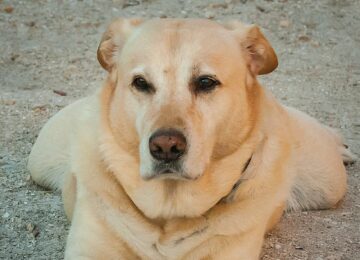



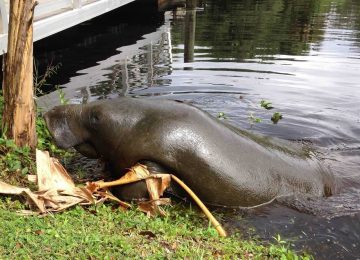

![Goliath grouper, Sanibel & Captiva Islands & Fort Myers Charters & Fishing Guide Service, Thursday, November 2, 2017, [August 16, 2012].](https://captivafishing.net/wp-content/uploads/wordpress-popular-posts/11711-featured-360x260.jpg)
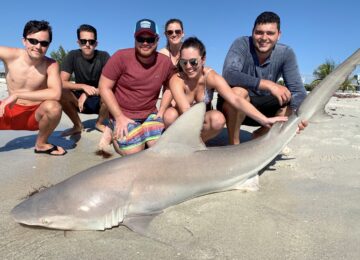
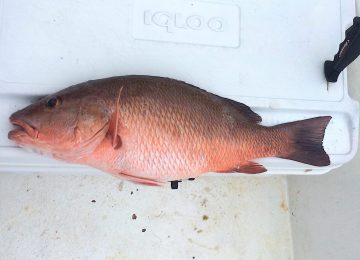

![Hogfish or Hog Snapper, Sanibel Fishing & Captiva Fishing, Sanibel Island, Sunday, December 10, 2017, [File Photo - Wednesday, February 8, 2017].](https://captivafishing.net/wp-content/uploads/wordpress-popular-posts/11143-featured-360x260.jpg)
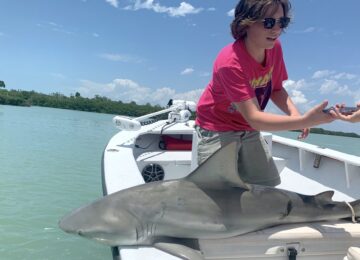

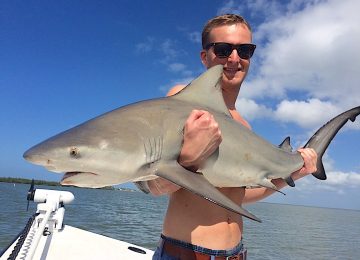
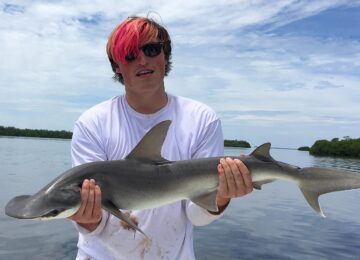
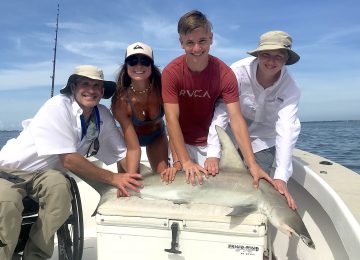
![Schoolmaster Snapper, Sanibel Fishing & Captiva Fishing, Sanibel Island, Thursday, January 11, 2018, [File Photo - Thursday, December 28, 2017].](https://captivafishing.net/wp-content/uploads/wordpress-popular-posts/13203-featured-360x260.jpg)
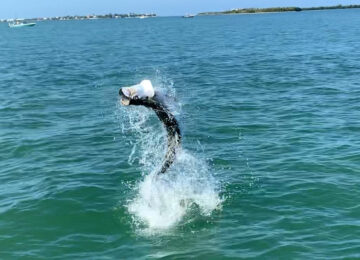
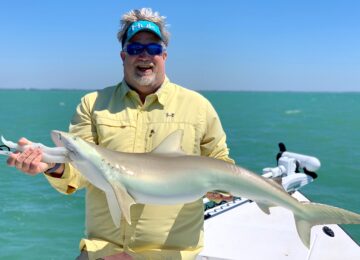
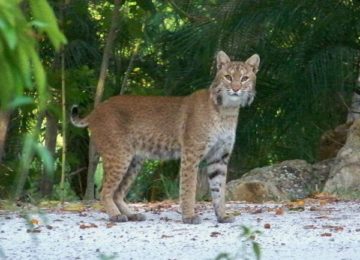
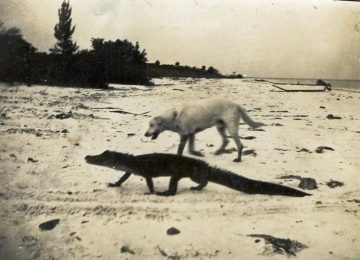
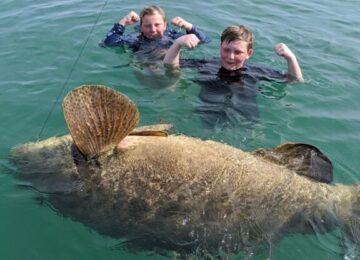
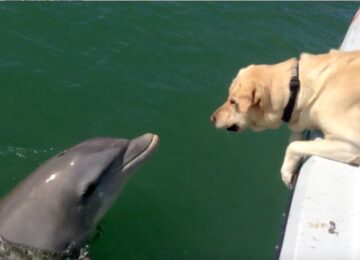















You must be logged in to post a comment.